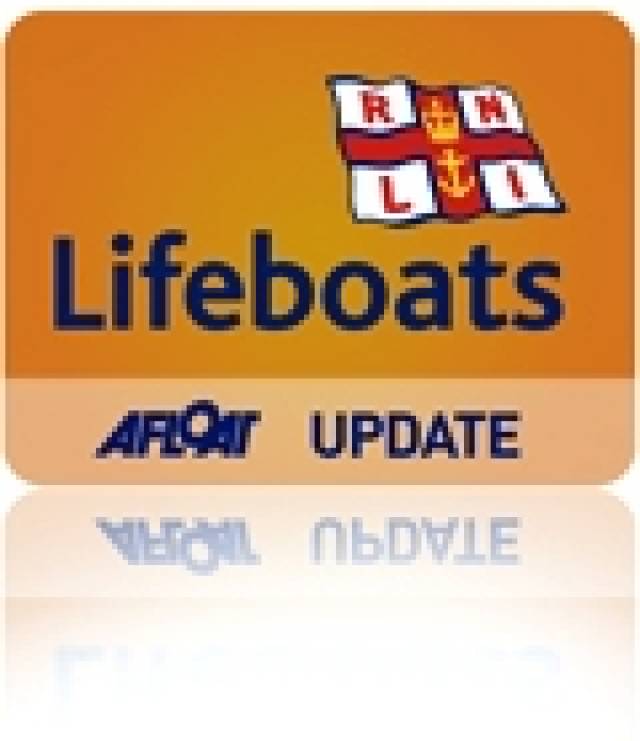#RNLI - Skerries RNLI launched on Monday afternoon 16 June to a swimmer in difficulty off nearby Red Island.
The volunteer crew launched their Atlantic 85 inshore lifeboat Louis Simson shortly after 4.30pm.
The lifeboat, helmed by Joe May with crew members Eoin Grimes and Stephen Denny on board, made their way directly to the springboards bathing area, from where Dublin Coast Guard had received reports of a swimmer in difficulty.
Arriving on scene, the lifeboat carried out an immediate search of the area. It was quickly discovered that a member of the public, with the aid of a life ring, had managed to assist the swimmer back to shore.
The man was taken on board the lifeboat where first aid was administered. He was then brought back to the station where he was handed over to paramedics.
Weather conditions at the time were calm with a Force 1 southerly wind.
Speaking after the call-out, Joe May, May said of the casualty: "He was a very lucky young man that the life ring was in working order and that someone acted quickly.
"We would advise people to swim close to shore and remember that there can be very strong tidal currents around our coast."
In other lifeboat news, volunteer crew and fundraisers turned out in force at Kinsale RNLI on Sunday 15 June to welcome the annual visit by Sally Anne Odell.
Affectionately known as 'the godmother' to Kinsale RNLI, Odell was accompanied by a group of family and friends and arrived on a cruise ship in Cobh early on Sunday 15 June, where she was met by Kinsale lifeboat operations manager John O’Gorman and other volunteer crew members.
Odell and her guests were brought to the lifeboat station where they spent several hours chatting with crew members and inspecting the lifeboat Miss Sally Anne Baggy before returning to Cobh to rejoin the cruise.
O’Gorman said: "It is always a privilege and a pleasure to welcome Sally Anne home to Kinsale. We can never thank her enough for her generosity in providing Kinsale with its own lifeboat and our magnificent station.
"It is thanks to people like Sally Anne that the RNLI is able to maintain its role as the charity that saves lives at sea. She keeps in touch with us between visits is very well informed about what we do here. That’s why she is affectionately known as 'the godmother'."































































